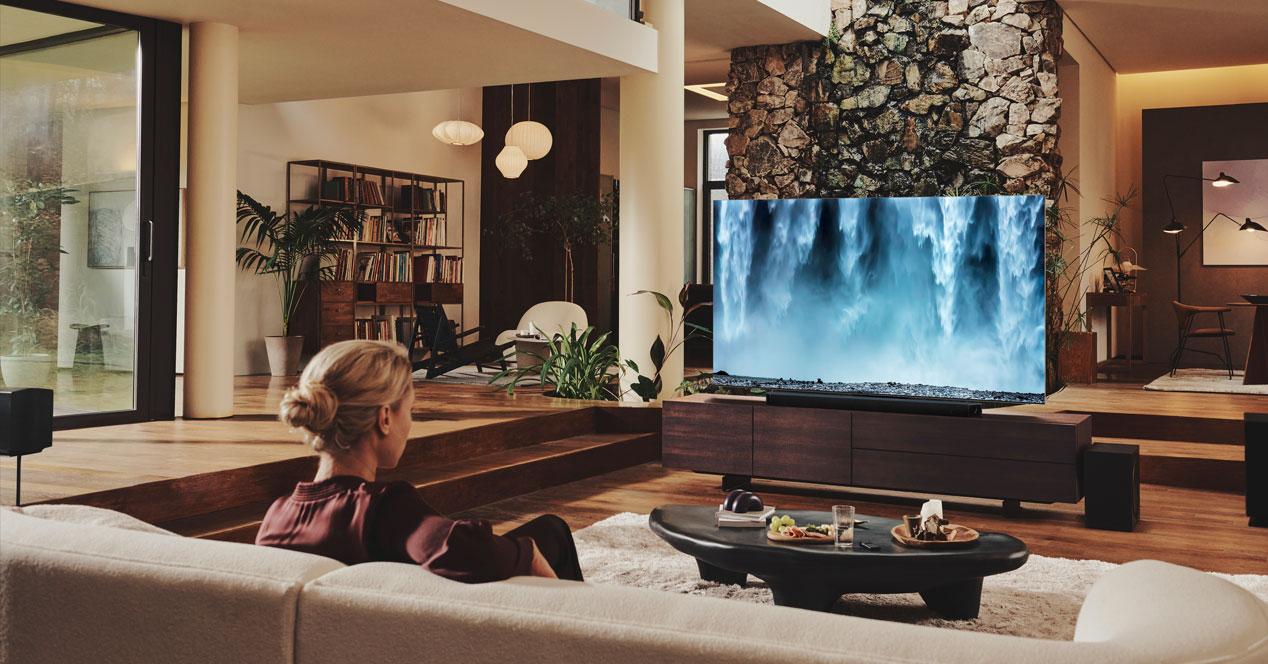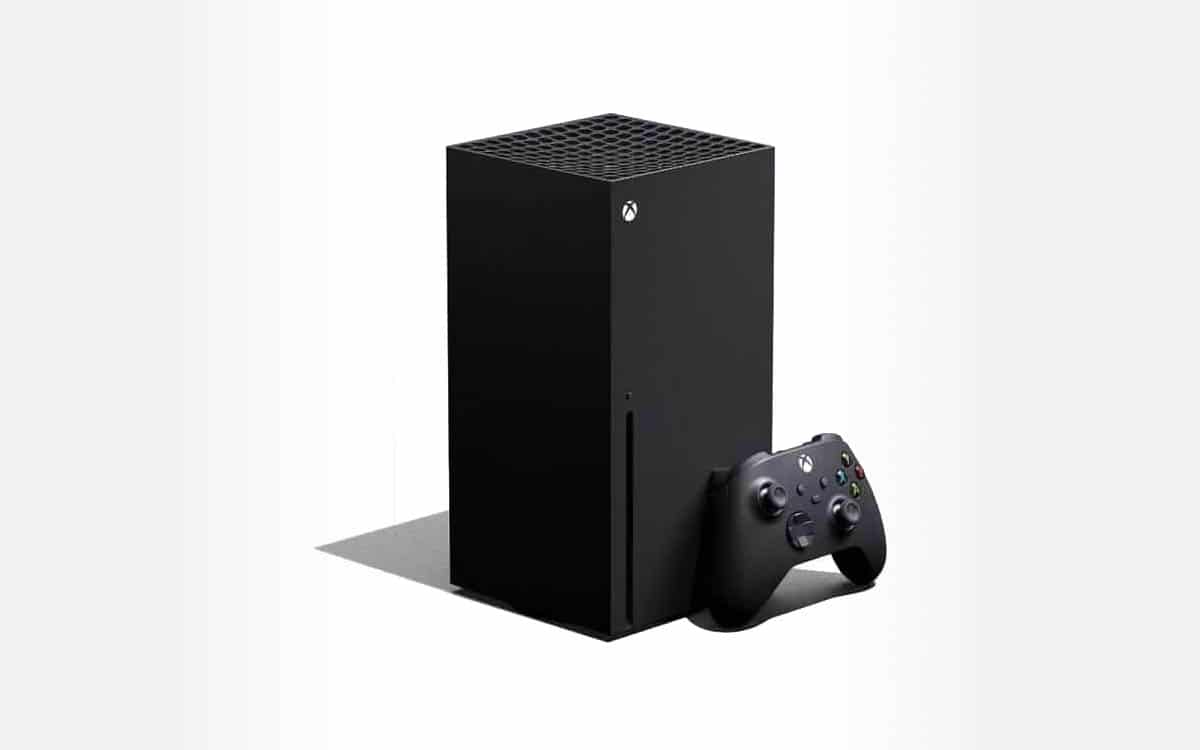
It is nothing new if we say that Europe has a serious energy problem. There is not a week that we do not read worrying news on this subject. After turning the automobile market upside down with the excuse of energy savings, the new victim of the European Union is 8K televisions. Are they going to ban them? Not exactly, but they are going to ask you to leave, which is the same thing, but in a slightly more elegant way.
The EU is going for 8K TVs
The televisions with 8K panels they are currently enthusiast devices. They exist simply because the technology has reached that point, and brands want a return on investment. However, there is hardly any content in that resolution to be enjoyed on those screens.
We could come to understand that the European Union prohibited some useless technology, but the shots do not go that way.
With energy efficiency we have come across
If by any chance, you were thinking of getting a TV with an 8K panel, you should know that you will have a relatively narrow time frame to make your purchase. If everything goes according to plan, March 2023televisions of this type will disappear from stores.
The reason for all this is nothing more than a update of the laws that regulate the Energy Efficiency Index. Until now, the entire industry was measuring itself against a fairly old standard, created for HD and Full HD televisions. The surprise in this regard is that modern panel televisions consume somewhat more than their equivalents from years ago.
The EU wanted to set the bar in a difficult position to force manufacturers to improve its energy efficiency. But, by not making a specific standard for 8K televisions, these are going to be totally outside the ISSbecause they have much higher consumption than the 4K televisions.
A rule that does not finish convincing anyone
As he has studied Flatpanels HD, there is not a single 8K TV currently on the market that meets the requirements of this new Energy Efficiency Index. Marek Maciejewski, Director of Product Development at TCL Europe, considers that if this regulation ends up being approved, we will not see more TVs with 8K resolution in Europe.
On the other hand, Samsung believes that it can comply with the regulations, but they are not sure that it will be easy.
So are the limits
The real problem with all this is that the European Union seems to have regulated all this without taking into account anything beyond the size of a screen. It is obvious that a 4K television consumes more energy than a Full HD one with equal diagonals. With 8K TVs, the exact same thing happens.
Nor does it seem that emphasis has been placed on distinguish technologies such as OLED, Micro LED or LCD. The new EEI puts all televisions in the same bag, as we can see in the following table that has been calculated Flatpanels HD taking as reference the data that have been made public on this subject:
| Diagonal | Peak Efficiency 4K-8K: March 2023 |
|---|---|
| 40″ | 48 watts |
| 42″ | 53 watts |
| 48″ | 66 watts |
| 55″ | 84 watts |
| 65″ | 112 watts |
| 75″ | 141 watts |
| 77″ | 148 watts |
| 83″ | 164 watts |
| 85″ | 169 watts |
| 88″ | 178 watts |



